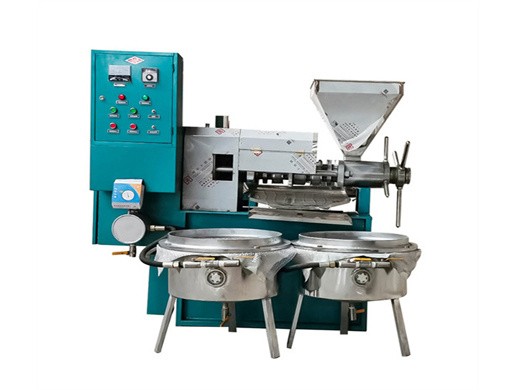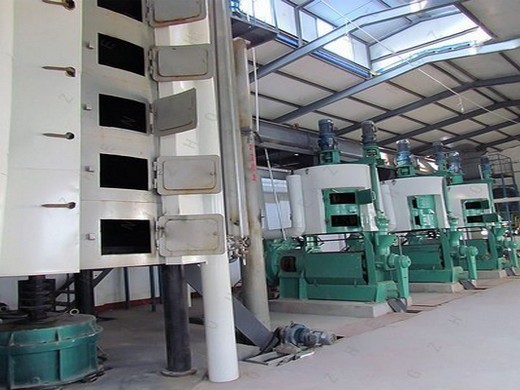hydrothermal treatment for enhancing oil extraction and hydrochar production from oilseeds
Hydrothermal Treatment for Enhancing Oil Extraction and
Request PDF On Jan 31, 2016, Sergiy Popov and others published Hydrothermal Treatment for Enhancing Oil Extraction and Hydrochar Production from Oilseeds Find, read and cite all
Read "10.1016/j.renene.2015.07.048" on DeepDyve, the largest online rental service for scholarly research with thousands of academic publications available at your fingertips.
Hydrothermal Treatment and Biological Conversion of
Goals/Objectives 1-a: Develop a fundamental understanding of the effects of parameters and feedstock composition on oil formation 1-b: Demonstrate the feasibility of the hydrothermal processing of using aquatic plants in bio-oil production. 1-c: Evaluate the economic and environmental impact of bio-oils and chemicals production from animal wastes and aquatic plants.
Hydrothermal treatment for enhancing oil extraction and hydrochar production from oilseeds. 2016; A novel integrated oil extraction process that includes hydrothermal pretreatment and oil extraction (HPOE) from whole oilseeds followed by hydrothermal carbonization (HTC)
Challenges and opportunities of hydrothermal carbonisation
Physio–chemical conversion consists principally of extraction (with esteri cation) where oilseeds are crushed to extract oil. Thermo–chemical conversion processes include gasi cation, pyrolysis and hydrothermal carbonisation (wet pyrolysis).5 The main focus of this review is hydrothermal
Subcritical Water Assisted Oil Extraction and Green Coal Production from Oilseeds. Hydrothermal Treatment for Enhancing Oil Extraction and Hydrochar Production from Oilseeds. Article. Jan 2016;
Nitrogen‐Containing Hydrochar: The Influence of Nitrogen
Aug 25, 2024· Bottom right: Bio‐oil produced after hydrothermal treatment of SC (0.62 M Fru+0.19 M urea) in alkaline conditions (pH value of 9), 180 °C, 2 h. (Figure 2 ) illustrates HC yield after HTC of the second group of solutions (with the use of buffer solution).
The objective of this work was to analyze the effect on the physicochemical properties of the oil obtained from J. curcas seeds subjected to different thermal treatments and to evaluate the biological quality of the proteins contained in the residual cake. The best extraction of oil (95%) was obtained after 10 h from roasted or boiled seeds.
Production of Biocrude from Biomass by Acidic Subcritical
Mar 05, 2012· Hydrothermal treatment for enhancing oil extraction and hydrochar production from oilseeds. Renewable Energy 2016, 85, 844-853. DOI: 10.1016/j.renene.2015.07.048. Junming Xu, Xinfeng Xie, Jingxin Wang, Jianchun Jiang. Directional liquefaction coupling fractionation of lignocellulosic biomass for platform chemicals.
Popov S, Abdel-Fattah T, Kumar S (2016) Hydrothermal treatment for enhancing oil extraction and hydrochar production from oilseeds. Renew Energ 85:844–853 CAS
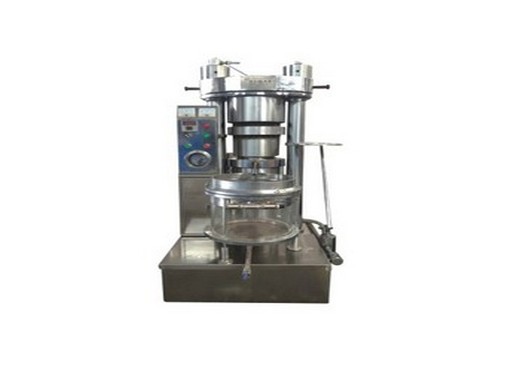
Sergiy Popov, Ph.D. Senior Research and Development
The study is the first of its kind where integrated oil extraction and hydrochar production from oilseeds have been studied with the objective of minimizing feedstock preparation and maximizing
Get Price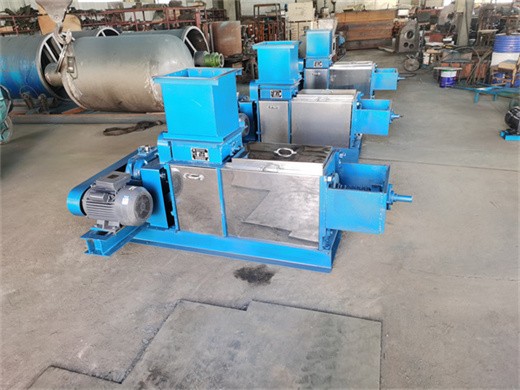
Deodorization of vegetable oils: Prediction of trans
Oil samples were deodorized at temperatures from 204 to 230°C from 2 to 86 h. Results showed an increase in the relative percentage of isomerized linolenic and linoleic acid with an increase in either the deodorization time or the temperature. Hydrothermal treatment for enhancing oil extraction and hydrochar production from oilseeds
Get Price
Energies Free Full-Text Hydrothermal Conversion of
Hydrochar was produced from neutral sulfite semi-chemical (NSSC) red liquor as a possible bio-based solid fuel for use in power generation facilities. Hydrothermal conversion (HTC) experiments were conducted using a fixed liquor-to-water volume ratio of 1:8 and reaction time of 3 h. Solutions were processed using different chemical additives, pH and temperature conditions to determine the
Get Price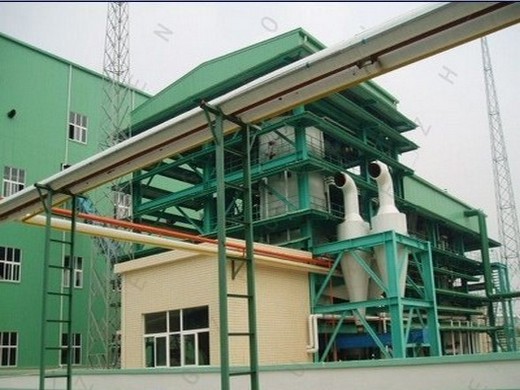
Sergiy Popov Senior Research and Development Engineer
The study is the first of its kind where integrated oil extraction and hydrochar production from oilseeds have been studied with the objective of minimizing feedstock preparation and maximizing
Get Price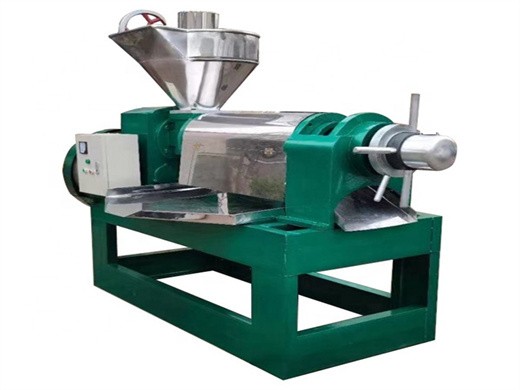
Hydrothermal Treatment and Biological Conversion of
Goals/Objectives 1-a: Develop a fundamental understanding of the effects of parameters and feedstock composition on oil formation 1-b: Demonstrate the feasibility of the hydrothermal processing of using aquatic plants in bio-oil production. 1-c: Evaluate the economic and environmental impact of bio-oils and chemicals production from animal wastes and aquatic plants.
Get Price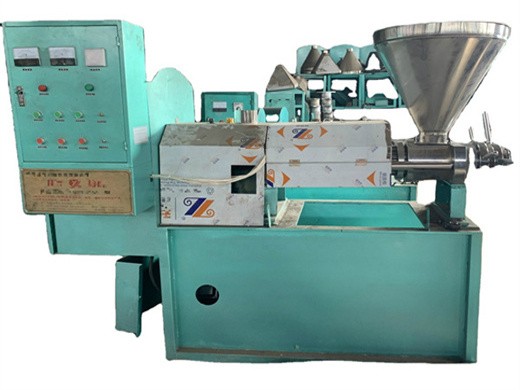
Challenges and opportunities of hydrothermal carbonisation
Physio–chemical conversion consists principally of extraction (with esteri cation) where oilseeds are crushed to extract oil. Thermo–chemical conversion processes include gasi cation, pyrolysis and hydrothermal carbonisation (wet pyrolysis).5 The main focus of this review is hydrothermal
Get Price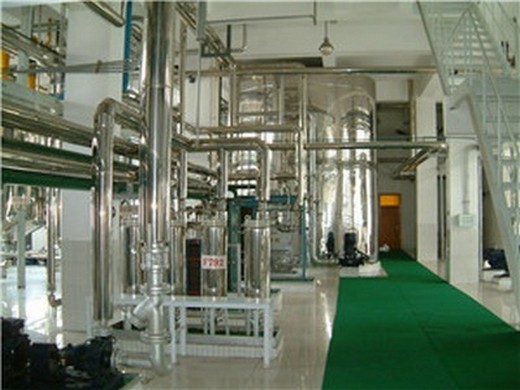
Effect of thermal treatment on the extraction efficiency
Jatropha curcas seeds are an important source of oil (5–60%), used to obtain biodiesel. The generated residual paste has a high concentration of proteins (50–55%); however, the seeds contain non-nutritional factors that limit their use. The objective of this work was to analyze the effect on the physicochemical properties of the oil obtained from J. curcas seeds subjected to different
Get Price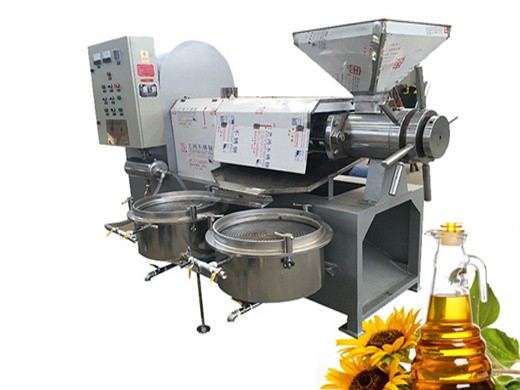
Preparation and properties of hydrochars from macadamia
1. Introduction. Energy demand continues to increase with the growth of the world population [1,2].Meanwhile, the demand for energy in industrialization and urbanization leads to severe energy shortage and environmental pollution [3–5].Thus, biomass energy was developed to solve these problems because biomass is an eco-friendly, renewable feedstock for producing various bio-based
Get Price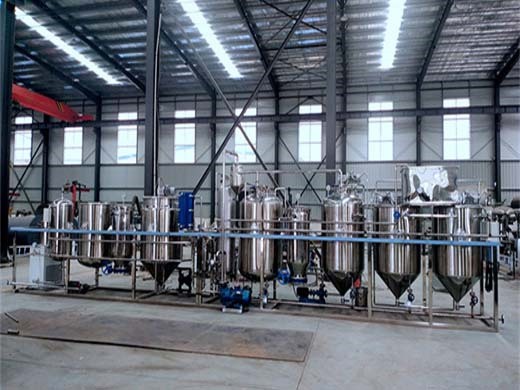
Energies Free Full-Text Hydrothermal Conversion of
Hydrochar was produced from neutral sulfite semi-chemical (NSSC) red liquor as a possible bio-based solid fuel for use in power generation facilities. Hydrothermal conversion (HTC) experiments were conducted using a fixed liquor-to-water volume ratio of 1:8 and reaction time of 3 h. Solutions were processed using different chemical additives, pH and temperature conditions to determine the
Get Price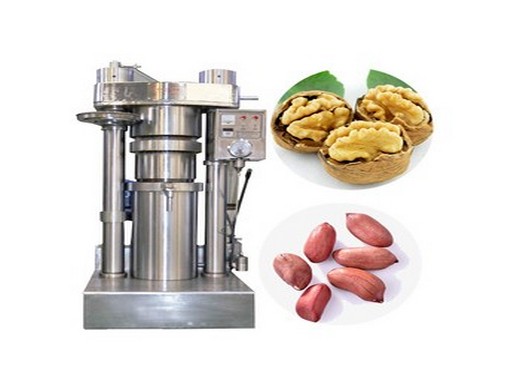
Nitrogen‐Containing Hydrochar: The Influence of Nitrogen
Aug 25, 2024· Bottom right: Bio‐oil produced after hydrothermal treatment of SC (0.62 M Fru+0.19 M urea) in alkaline conditions (pH value of 9), 180 °C, 2 h. (Figure 2 ) illustrates HC yield after HTC of the second group of solutions (with the use of buffer solution).
Get Price
Challenges and opportunities of hydrothermal carbonisation
3.2 Reaction mechanisms The thermo-chemical conversion of biomass into lignite coal-type hydrochar is a complex reaction network, the exact details of which is unknown. 32 In order to reach a clearer understanding of the reaction mechanisms that are involved in hydrothermal carbonisation, infrared (IR) spectroscopy of both biomass feedstock and resulting hydrochar has been utilised. 33 This
Get Price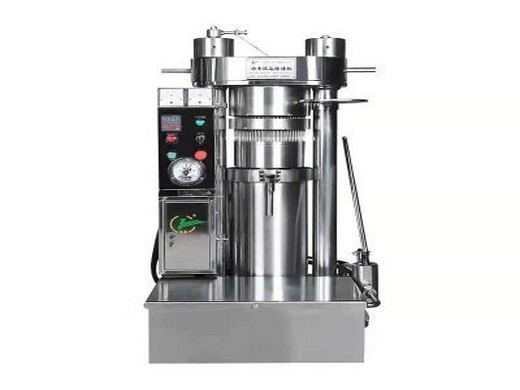
Optimization of ultrasound-assisted extraction of
Popov S, Abdel-Fattah T, Kumar S (2016) Hydrothermal treatment for enhancing oil extraction and hydrochar production from oilseeds. Renew Energ 85:844–853 CAS
Get Price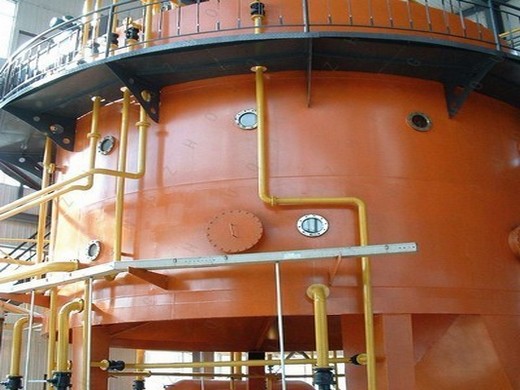
Renewable Nitrogen‐Doped Hydrothermal Carbons Derived
Influence of hydrothermal carbonization on the pyrolysis of spent grains, Journal of Cleaner Production, 10.1016/j.jclepro.2024.121101, 260, (121101), (2024). Crossref Ece Unur Yilmaz, Mete Yilmaz, Diatom-Derived SiO 2/N-Doped C Nanocomposite for Electrochemical Capacitors,ECS Journal of Solid State Science and Technology, 10.1149/2162-8777
Get Price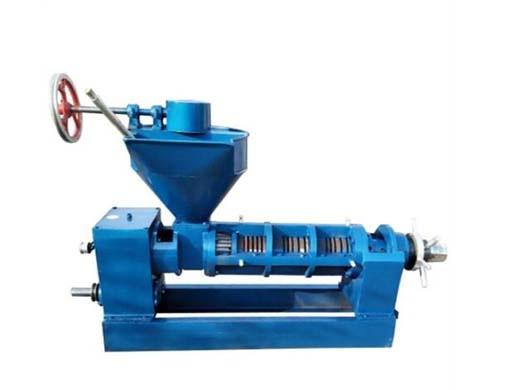
Energies Free Full-Text Coupling Hydrothermal
The present study addresses the coupling of hydrothermal carbonization (HTC) with anaerobic digestion (AD) in wastewater treatment plants. The improvement in biomethane production due to the recycling back to the anaerobic digester of HTC liquor and hydrochar generated from digested sludge is investigated and proved. Mixtures of different compositions of HTC liquor and hydrochar, as well as
Get Price
WO2014066097A1 Subcritical water assisted oil extraction
Provided herein are methods of optimizing energy recovery from oilseeds. The methods disclosed provide at least the ability to swell oilseeds and disrupt the cell walls (hulls) without changing the functionality and quality of oil; the process integration of oil extraction and green coal production to maximize the energy recovery in the form of crude oil and green coal from oilseeds; and heat
Get Price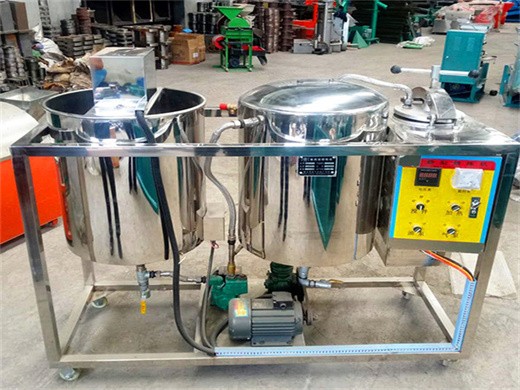
Preparation and properties of hydrochars from macadamia
2016 Macadamia oil extraction methods and uses for the defatted meal byproduct. Trends Food Sci. Tech. 54, 2015 Hydrothermal carbonization of corn germcob residues for hydrochar production. Energy Fuels 29, 2016 Effects of hydrothermal treatment temperature and residence time on characteristics and combustion behaviors of green waste.
Get Price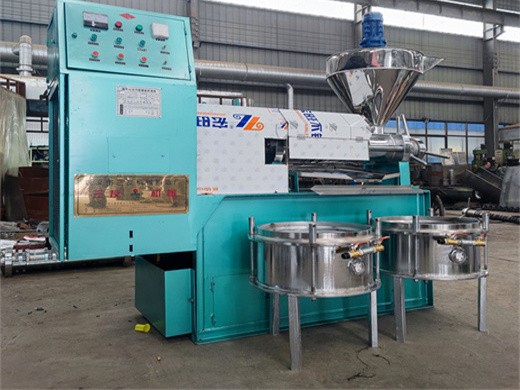
Preparation and properties of hydrochars from macadamia
2016 Macadamia oil extraction methods and uses for the defatted meal byproduct. Trends Food Sci. Tech. 54, 2015 Hydrothermal carbonization of corn germcob residues for hydrochar production. Energy Fuels 29, 2016 Effects of hydrothermal treatment temperature and residence time on characteristics and combustion behaviors of green waste.
Get Price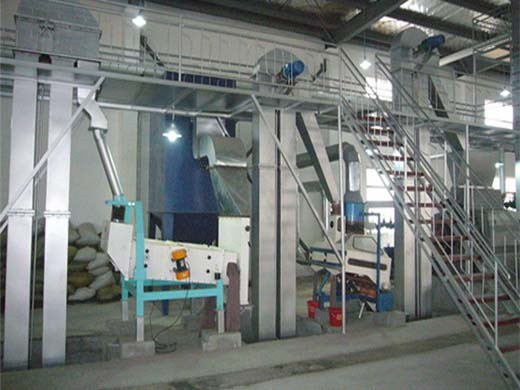
Challenges and opportunities of hydrothermal carbonisation
3.2 Reaction mechanisms The thermo-chemical conversion of biomass into lignite coal-type hydrochar is a complex reaction network, the exact details of which is unknown. 32 In order to reach a clearer understanding of the reaction mechanisms that are involved in hydrothermal carbonisation, infrared (IR) spectroscopy of both biomass feedstock and resulting hydrochar has been utilised. 33 This
Get Price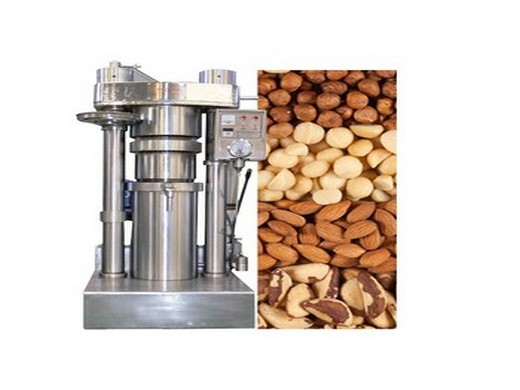
Energies Free Full-Text Coupling Hydrothermal
The present study addresses the coupling of hydrothermal carbonization (HTC) with anaerobic digestion (AD) in wastewater treatment plants. The improvement in biomethane production due to the recycling back to the anaerobic digester of HTC liquor and hydrochar generated from digested sludge is investigated and proved. Mixtures of different compositions of HTC liquor and hydrochar, as well as
Get Price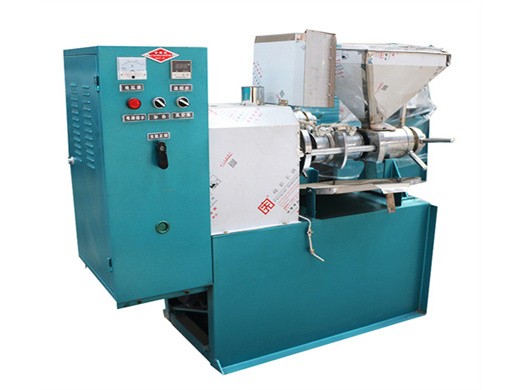
Renewable Nitrogen‐Doped Hydrothermal Carbons Derived
Influence of hydrothermal carbonization on the pyrolysis of spent grains, Journal of Cleaner Production, 10.1016/j.jclepro.2024.121101, 260, (121101), (2024). Crossref Ece Unur Yilmaz, Mete Yilmaz, Diatom-Derived SiO 2/N-Doped C Nanocomposite for Electrochemical Capacitors,ECS Journal of Solid State Science and Technology, 10.1149/2162-8777
Get Price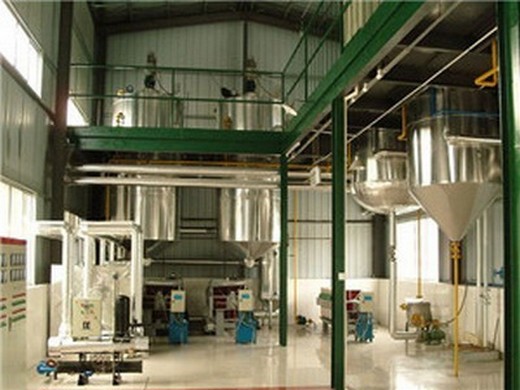
Industrial Scale Hydrothermal Carbonization: new
Industrial Scale Hydrothermal Carbonization: new applications for wet biomass waste. Andrea Salimbeni. Download PDF. Download Full PDF Package. This paper. A short summary of this paper. 37 Full PDFs related to this paper. READ PAPER.
Get Price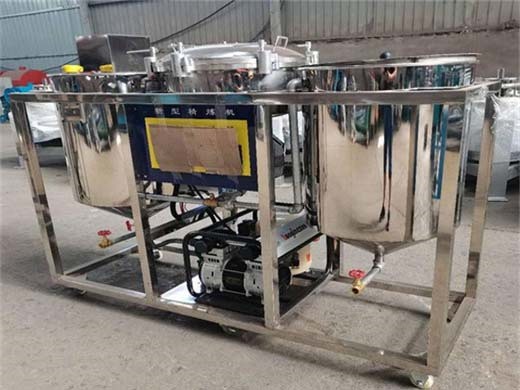
Thermal pretreatment of lignocellulosic biomass
Torrefaction is a process to convert diverse lignocellulosic biomass feedstocks into an energy dense homogeneous solid, a pretreatment for subsequent thermochemical conversion. Lo
Get Price
Optimization of the Aqueous Enzymatic Extraction of
An aqueous enzymatic extraction method was developed to obtain free oil and protein hydrolysates from dehulled rapeseeds. The rapeseed slurry was treated by the chosen combination of pectinase, cellulase, and β‐glucanase (4:1:1, v/v/v) at concentration of 2.5% (v/w) for 4 h.
Get Price
